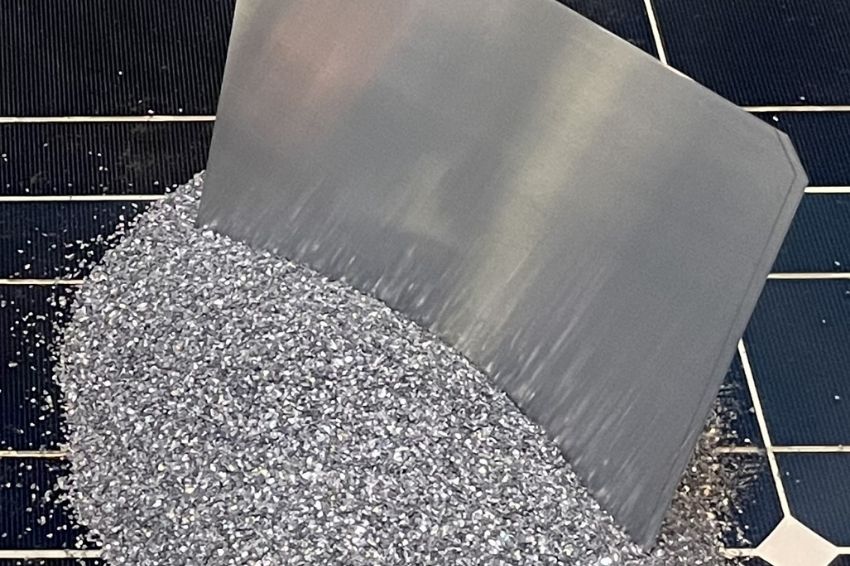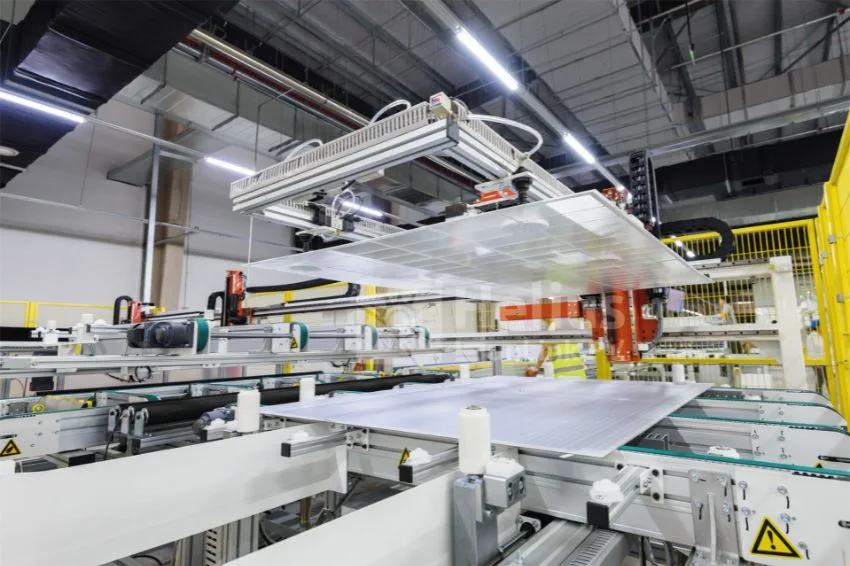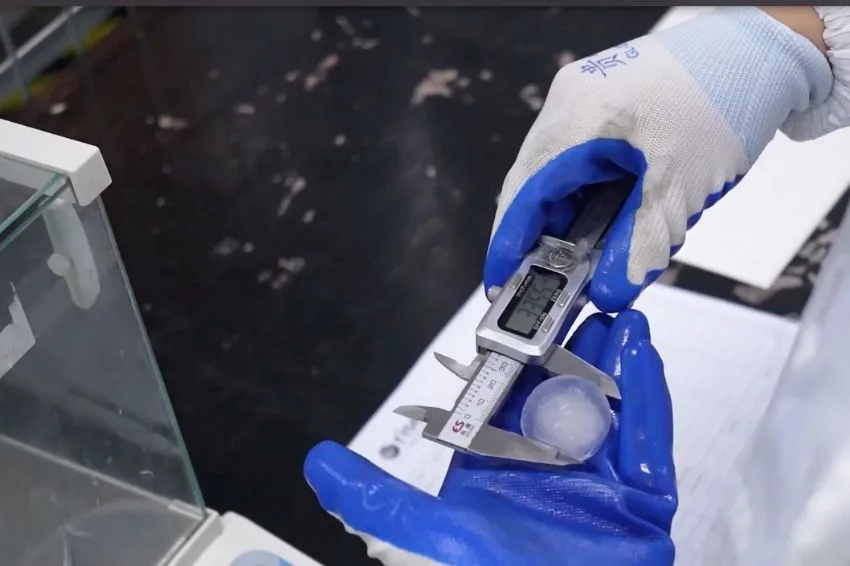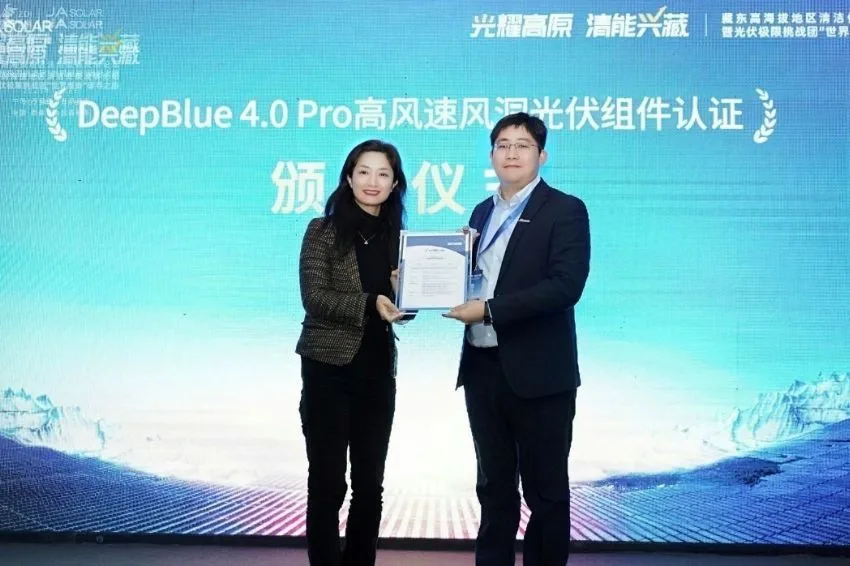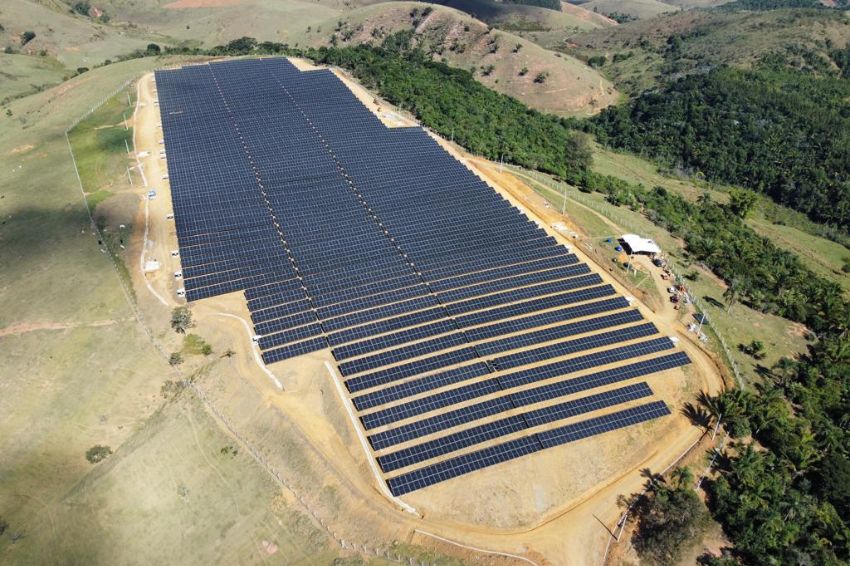Currently, around 10 thousand tons of silicon in discarded modules end up on the recycling market annually in Germany.
This number is expected to increase to hundreds of thousands of tons per year by 2029, as the majority of photovoltaic systems in Germany were installed between 2009 and 2011 during the first wave of photovoltaic expansion.
And this number tends to rise more and more. At the end of 2021, Germany had around five million tons of installed modules, which corresponds to 150 thousand tons of silicon.
Aiming to change this scenario, researchers from Fraunhofer CSP (Center for Silicon Photovoltaics) and Fraunhofer ISE (Institute for Solar Energy Systems), in partnership with the German solar panel recycling company Reiling, developed a solution in which the silicon from discarded modules it was recycled on an industrial scale and reused to manufacture new PERC solar cells.
“This expansion will predictably be followed by a first wave of disposal twenty years later, around 2029. It is therefore necessary to establish suitable processes and procedures to recover silicon material from discarded modules at an early stage”, explains Andreas Bett , director of the Fraunhofer ISE Institute.
The working group has financial support from the German Federal Ministry for Economic Affairs and Climate. According to the researchers, with the process being developed it is possible to recycle all crystalline silicon photovoltaic modules, regardless of manufacturer and origin.
“If this were not the case, it would be a lot of work for recycling companies. It was important for us to develop a scalable process that made economic sense. Much is possible in the laboratory, but our new process must be proven in practice for the recycling industry”, highlights Peter Dold, project manager at Fraunhofer CSP.
Recycled 100% silicon: what is the process like?
For this process, researchers take fragments of solar cells that come from the basic mechanical separation of module components. These fragments are between 0.1 mm and 1 mm.
The next step is to separate these fragments from glass and plastic using other separation processes. After this step, the researchers remove the rear contacts, the front silver contacts, the anti-reflective layer from the fragments and, finally, carry out a wet chemical corrosion process.
After all these steps, only silicon will remain, which will be reused in processes to manufacture mono or polycrystalline ingots, which in turn will be cut into wafers and turned into new cells. These new ingots are made only from recycled material, without having to add more pure silicon.
According to the researchers, in the first test, the conversion efficiency of the solar cell was 19.7%. “This is below the efficiency of today's premium PERC solar cells, which have an efficiency of about 22.2%, but it is certainly above that of solar cells in old, discarded modules,” Dold said, putting the initial results into context.


